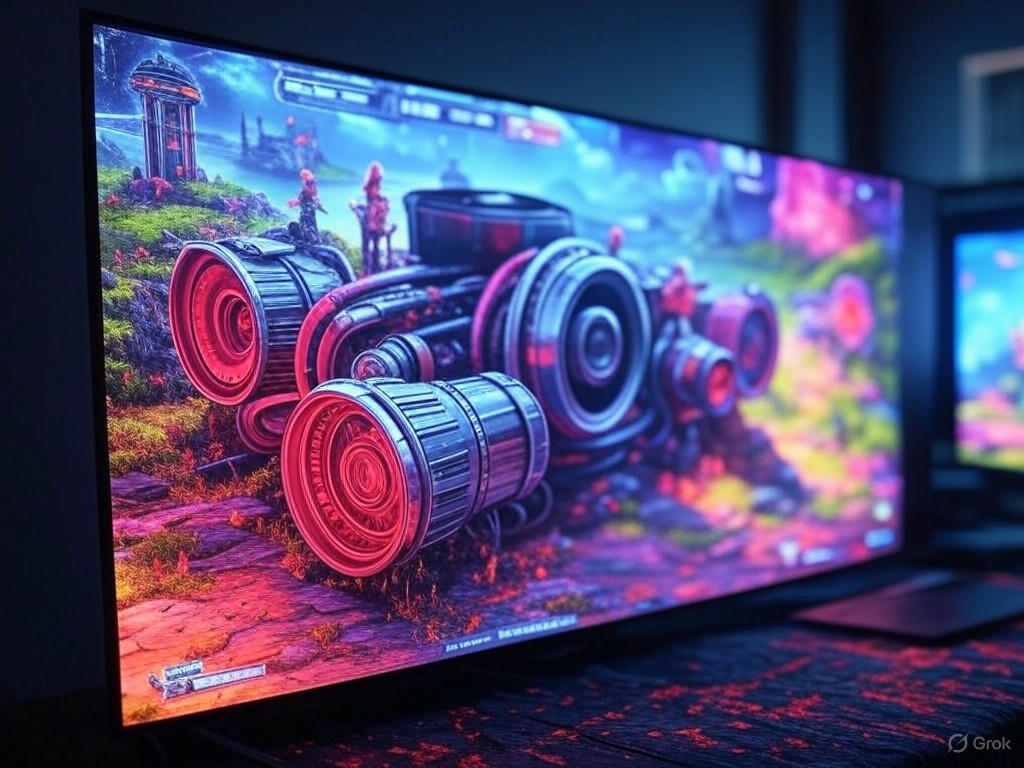In the ever-evolving world of game development, 2025 has brought forth a new wave of technologies that are set to redefine the industry. From advanced game engines to cutting-edge programming languages, the landscape of game development technology continues to expand, offering developers more tools than ever to create immersive and engaging experiences.
Advancements in Game Engines
Game engines have long been the backbone of game development, and in 2025, we see significant enhancements. The latest versions of popular engines like Unreal Engine 6 and Unity 2025 have introduced more intuitive interfaces, streamlined workflows, and enhanced performance capabilities. These updates not only simplify the development process but also allow for the creation of more complex and visually stunning games.

New Tools and Programming Languages
The tools and programming languages available to game developers in 2025 have also seen notable advancements. Languages like Rust and Swift are gaining popularity due to their efficiency and safety features, which are crucial in the fast-paced environment of game development. Additionally, new tools such as AI-assisted code generators and real-time debugging software are helping developers to work more efficiently and reduce the time from concept to release.
Graphics and Physics
In terms of graphics, 2025 has seen the introduction of next-generation rendering techniques that leverage ray tracing and machine learning to produce hyper-realistic visuals. These technologies are not only enhancing the aesthetic appeal of games but also improving the realism of in-game physics, allowing for more lifelike interactions and environments.
The Role of AI in Game Development
Artificial intelligence continues to play a pivotal role in game development. In 2025, AI is being used not only for NPC behavior and game analytics but also for procedural content generation and personalized gaming experiences. This allows for games that adapt to player behavior, offering unique challenges and narratives tailored to individual players.
VR/AR Integration
Virtual Reality (VR) and Augmented Reality (AR) technologies have become more integrated into game development, offering players more immersive gaming experiences. In 2025, we see a surge in VR/AR games that utilize advanced haptic feedback systems and spatial audio, creating a more sensory-rich environment for gamers.

Conclusion
As we move further into 2025, the game development industry continues to thrive on innovation and technological advancement. From improved game engines and new programming languages to enhanced graphics and AI-driven experiences, the tools available to developers are more powerful and accessible than ever. As these technologies continue to evolve, they promise to bring even more exciting and immersive games to players around the world.